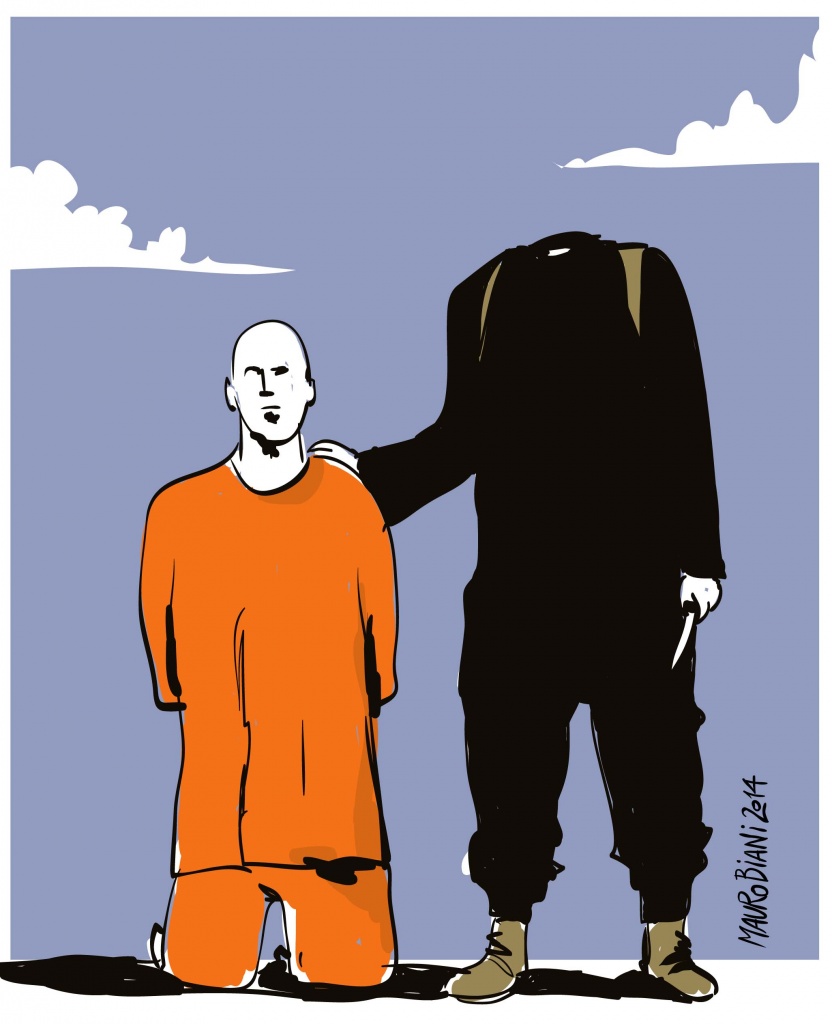Analysis
ISIS loses ground, but not online
The ‘caliphate’ has lost its strongholds and the vast majority of its oil revenue, but experts say it’s becoming more and more digital.

“A weakening of the Islamic State reinforces the risk of attacks around the world,” Jean Pierre Filiu said recently in a television interview. He is a Middle East expert at the Sciences Po University in Paris. He added: “ISIS is succumbing on the battlefield but it’s resisting on the virtual, online battlefield. An organization that recruits, inspires and supports attacks [online] is difficult to counteract.”
Daesh is losing ground, this is unquestionable.
It has lost 70 percent of its territory over the last year. The two main capitals, Mosul and Raqqa, have fallen. The revenues generated by oil smuggling have dropped in recent years from $1.5 million per day to nearly $150,000.
The loss of territory is weakening the Islamic State from an economic, logistical and military point of view, according to Western news agencies. The same cannot be said for its true force, which remains propaganda and spread of jihadist ideology on the web.
The jihadist threat of cyber-terrorism is in fact one of the major concerns of intelligence services across Europe: so much that France, Great Britain and Italy have recently drafted a secret document linked to the fight against radicalization and online propaganda to coordinate control of the web.
New York, Marseilles and Edmonton are the most recent examples. The danger linked to the web is still the recruitment of new jihadists but, more than that, the influence on aspiring “martyrs.”
Equally dangerous are the various “tutorials,” explainer videos, created for the production of explosive devices (like those planned in Barcelona and London), for the preparation of attacks with trucks or vans, or even knives.
The last report issued in France by the “coordination unit in the fight against terrorism” (UCLAT), published June 1, said there are more than 15,000 radicalized French, in 95 percent of cases converted through the web. That same percentage applies to the Belgian, German and Swedish terrorist sympathizers.
ISIS is present on the internet: It uses social networks to enlist, it communicates through the latest generation apps and has many hackers and computer experts in its ranks.
In the last two years, while fighting for the conquest of Mosul and Raqqa, ISIS began to change strategy, exploiting the web to start its “low cost” terrorist campaign in Europe. According to Rita Katz, director of the terrorism research firm SITE, the claim of any attack almost never implies a direct organizational link but an ideological influence on the individual ‘martyr’ who swears loyalty and has a devastating sounding board in the affected countries due to the spread use of mass media.
In spite of the fact it no longer has a defined territory, the Islamic State is still moving and reorganizing toward disparate territories, such as Afghanistan and Chechnya, Southeast Asia (Malaysia, Indonesia and the Philippines) and the African continent (Nigeria and Libya).
According to the Russian FSB, a large number of jihadists are moving to Southeast Asia and Afghanistan, given that, according to numerous indicators, the level of threat is increasing in those areas and ISIS’ global threat “is changing and taking on new forms.”
The Islamic State, according to the Institute for Policy and Conflict, is moving part of its financial capital by investing in the West or by using Bitcoin, the easy-to-use but difficult to monitor virtual currency.
Filiu concludes: “The lack of a unified opposition strategy actually benefits the terrorist organization since Daesh acts on a worldwide scale, while Western countries have no opposition policy except for fragmented military plans.”
Originally published at https://ilmanifesto.it/web-e-social-network-sono-larma-piu-potente-dellisis/ on 2017-11-04
